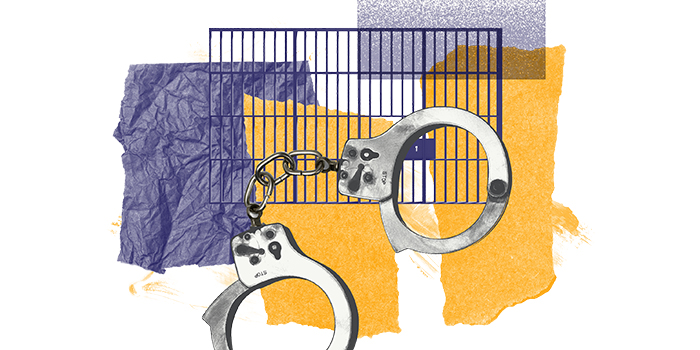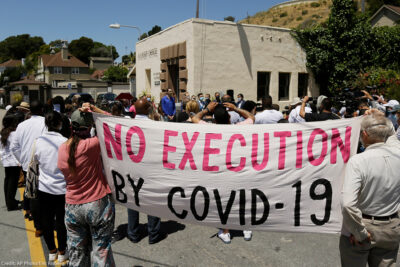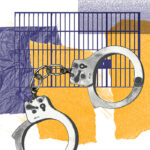Mass Incarceration
The ACLU works in courts, legislatures, and communities to defend and preserve the individual rights and liberties that the Constitution and the laws of the United States guarantee everyone in this country.

What you need to know
The Latest
-


ACLU Responds to President Biden’s Clemency Announcement
-


ACLU Statement On FY24 Appropriations Bill Funding Immigrant Detention, Anti-Immigrant Policies
-

President Biden's Order to Ban Private Prisons Faces a Persistent Internal Challenge: The U.S. Marshals Service
-

Three Years Later, COVID-19 is Still a Threat to People Who Are Incarcerated
Explore More
What We're Focused On
-

Fiscal Cost of Mass Incarceration
The ACLU works in courts, legislatures, and communities to defend and preserve the individual rights and liberties that the Constitution and the laws of the United States guarantee everyone in this country.
-

Private Prisons
The ACLU works in courts, legislatures, and communities to defend and preserve the individual rights and liberties that the Constitution and the laws of the United States guarantee everyone in this country.
What's at Stake
Despite making up close to 5% of the global population, the U.S. has more than 20% of the world’s prison population. Since 1970, our incarcerated population has increased by 500% – 2 million people in jail and prison today, far outpacing population growth and crime.
One out of every three Black boys born today can expect to go to prison in his lifetime, as can one of every six Latino boys—compared to one of every 17 white boys. At the same time, women are the fastest growing incarcerated population in the United States.
There are twice as many people incarcerated in local jails awaiting trial and presumed innocent than in the entire federal prison system. And each year, 650,000 people nationwide return from prison to their communities. They face nearly 50,000 federal, state, and local legal restrictions that make it difficult to reintegrate back into society, including potentially the loss of voting rights It’s why we call this system the New Jim Crow.
Our prison system costs taxpayers at least $80 billion per year. This money should be spent building up, not further harming, communities. Investments, not incarceration, is how we improve safety.
Despite making up close to 5% of the global population, the U.S. has more than 20% of the world’s prison population. Since 1970, our incarcerated population has increased by 500% – 2 million people in jail and prison today, far outpacing population growth and crime.
One out of every three Black boys born today can expect to go to prison in his lifetime, as can one of every six Latino boys—compared to one of every 17 white boys. At the same time, women are the fastest growing incarcerated population in the United States.
There are twice as many people incarcerated in local jails awaiting trial and presumed innocent than in the entire federal prison system. And each year, 650,000 people nationwide return from prison to their communities. They face nearly 50,000 federal, state, and local legal restrictions that make it difficult to reintegrate back into society, including potentially the loss of voting rights It’s why we call this system the New Jim Crow.
Our prison system costs taxpayers at least $80 billion per year. This money should be spent building up, not further harming, communities. Investments, not incarceration, is how we improve safety.